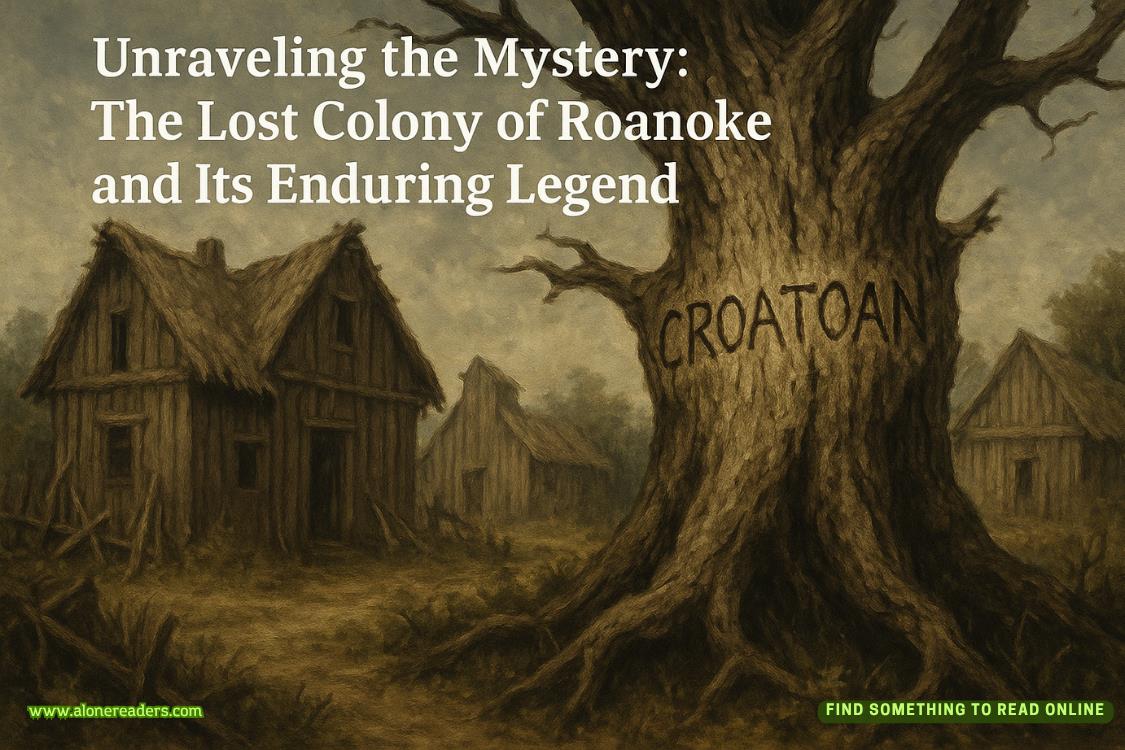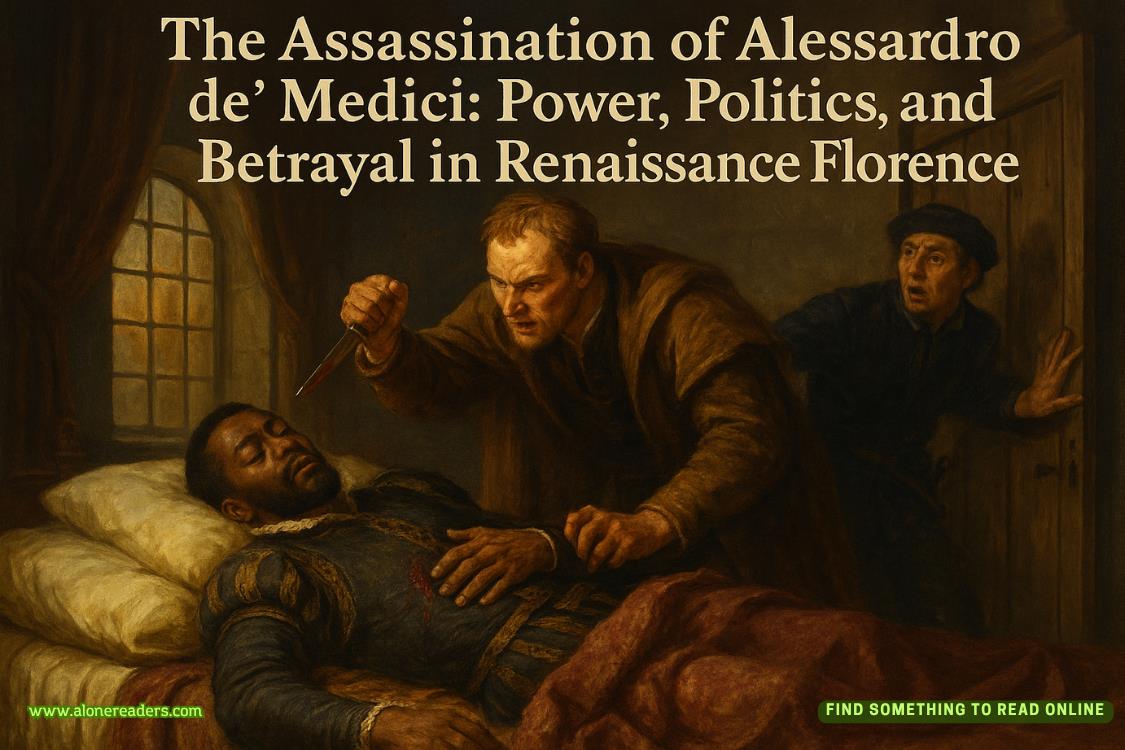Page 2 of P is for Peril (Kinsey Millhone 16)
Dr. Purcell, sixty-nine years old, had practiced family medicine in Santa Teresa since 1944, specializing in geriatrics for the last fifteen years. He'd retired in 1981. Six months later, he'd been licensed as the administrator of a nursing care facility called Pacific Meadows, which was owned by two businessmen. On the Friday night in question, he'd worked late, remaining in his office to review paperwork related to the operation of the nursing home. According to witnesses, it was close to nine o'clock when he stopped at the front desk and said good-night to the nurses on duty. At that hour, the occupants had settled down for the night. The corridors were empty and the residents' doors were closed against the already dimmed hall lights. Dr. Purcell had paused to chat with an elderly woman sitting in the lobby in her wheelchair. After a cursory conversation, less than a minute by her report, the doctor passed through the front door and into the night. He retrieved his car from his reserved space at the north side of the complex, pulled out of the lot, and drove off into the Inky Void from which he'd never emerged. The Santa Teresa Police and the Santa Teresa County Sheriffs Departments had devoted endless hours to the case, and I couldn't think what avenues remained that hadn't already been explored by local law enforcement.
I rang the bell again. Fiona Purcell had told me she was on her way out of town, a five-day trip to San Francisco to purchase furniture and antiques for a client of her interior design firm. According to the papers, Fiona and the doctor had been divorced for years. Idly, I was wondering why she'd been the one who called me instead of his current wife, Crystal.
I saw a face appear in one of the two glass panels that flanked the entrance. When she opened the door, I saw that she was already dressed for travel in a double-breasted pin-striped suit with wide lapels. She held a hand out. "Ms. Millhone? Fiona Purcell. Sorry to make you wait. I was at the back of the house. Please come in."
"Thanks. You can call me Kinsey if you like. Nice meeting you," I said.
We shook hands and I moved into the entrance hall. Her handshake was limp, always startling in someone who, otherwise, seems brisk and businesslike. I placed her in her late sixties, close to Dr. Purcell's age. Her hair was dyed a dark brown, parted on one side, with puffy bangs and clusters of artificially constructed curls pulled away from her face and secured by rhinestone combs, a style affected by glamour-girl movie stars of the 1940s. I half-expected an appearance by John Agar or Fred MacMurray, some poor, feckless male who'd fallen prey to this vixen with her fierce shoulder pads. She was saying, "We can talk in the living room. You'll have to pardon the mess."
Scaffolding had been erected in the foyer, reaching to the lofty ceiling. Drop cloths lined the stairs and the wide corridor leading to the rear of the house. To one side of the stairs, there was a console table and a streamlined chrome lamp. Currently, we seemed to be the only two on the premises.
"Your flight's at ten?" I asked.
"Don't worry about it. I'm eight minutes from the airport. We have at least an hour. May I offer you coffee? I'm having mine in here."
"No, thanks. I've had two cups this morning and that's my limit most days."
Fiona moved to the right and I followed in her wake, crossing a broad expanse of bare cement. I said, "When do the floors go in?"
"These are the floors."
I said, "Ah," and made a mental note to quit asking about matters far beyond my ken.
The interior of the house had the cool, faintly damp smell of plaster and fresh paint. All the walls in range were a dazzling white, the windows tall and stark, unadorned by any curtains or drapes. A sly glance behind me revealed what was probably the dining room on the far side of the entryway, empty of furniture, subdivided by rhomboids of clear morning light. The echo of our footsteps sounded like a small parade.
In the living room, Fiona gestured toward one of two matching armchairs, chunky and oversized, upholstered in a neutral-toned fabric that blended with the gray cement floor. A large area rug showed a densely woven grid of black lines on gray. I sat when she did, watching as she surveyed the space with the practiced eye of an aesthete. The furnishings were striking: light wood, tubular steel, stark geometric shapes. An enormous round mirror, resting in a crescent of chrome, hung above the fireplace. A tall silver and ivory coffeepot, with a matching creamer and sugar bowl, sat on a silver tray on the beveled-glass coffee table. She paused to refill her cup. "Are you a fan of art deco?"
"I don't know much about it."
"I've been collecting for years. The rug's a Da Silva Bruhns. This is Wolfgang Tumpel's work, if you're familiar with the name," she said, nodding at the coffee service.











